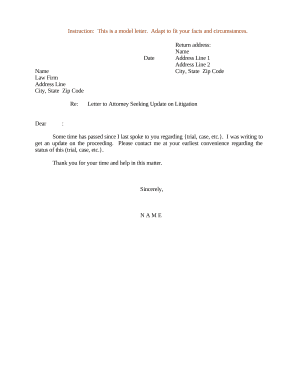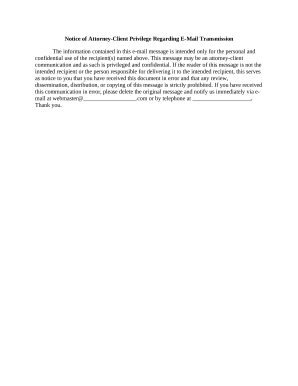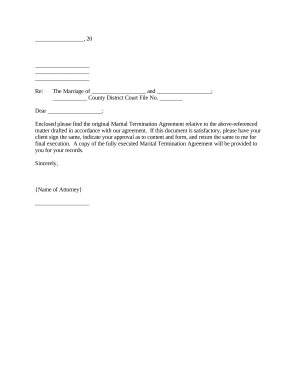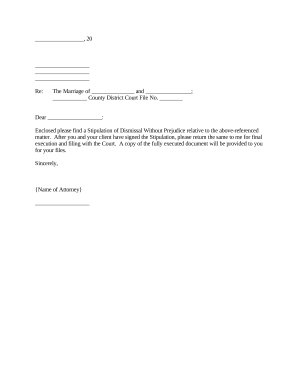Improve your work productivity with Attorney Correspondence
Record administration occupies to half of your business hours. With DocHub, you can easily reclaim your time and improve your team's efficiency. Access Attorney Correspondence category and investigate all form templates relevant to your daily workflows.
Effortlessly use Attorney Correspondence:
- Open Attorney Correspondence and employ Preview to get the appropriate form.
- Click Get Form to begin working on it.
- Wait for your form to open in the online editor and begin modifying it.
- Add new fillable fields, symbols, and pictures, modify pages order, and many more.
- Fill your template or prepare it for other contributors.
- Download or share the form by link, email attachment, or invite.
Accelerate your daily file administration with the Attorney Correspondence. Get your free DocHub profile today to discover all forms.










